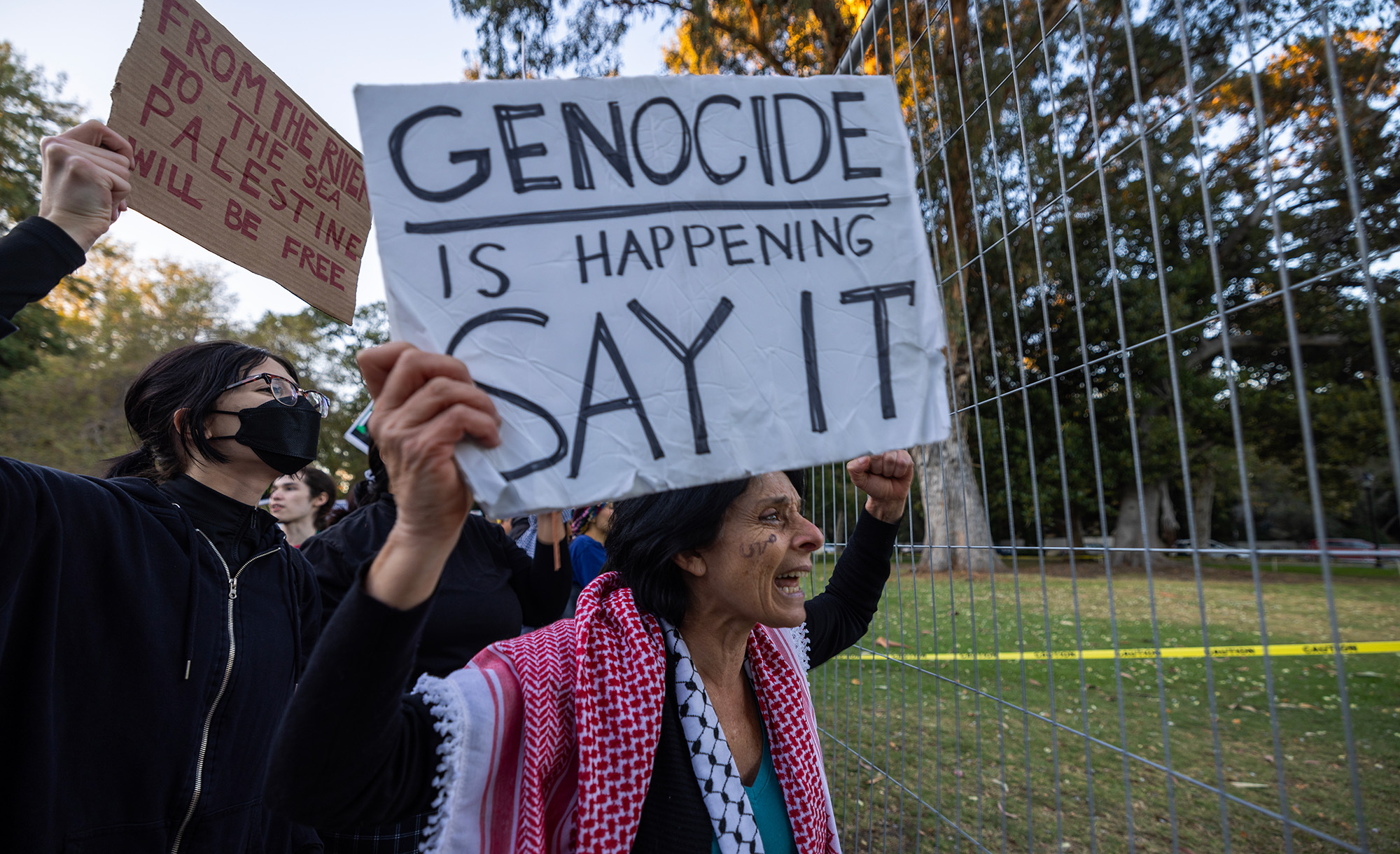Many of the basic fundamentals of the seder—not only eating matzah and bitter herbs, but also relating the story of the liberation from Egyptian bondage to one’s children—can be found in Exodus 12, which is set in Egypt just before the tenth plague. By imagining what this archetypal seder might have been like, Cole Aronson explores the ritual’s meaning for Jewish history:
You don’t tell the children they were once slaves in Egypt, because that’s all they know. But it wasn’t always so, you tell them—long ago, their ancestors enjoyed over a century of freedom under God. God chose to raise the patriarchs up from the idolatry of their native culture and gave them a covenantal life. A famine some generations later compelled the chosen family to live in Egypt, first as guests and then—until now—as slaves. Tonight, God will keep His promise to the patriarchs and restore the Israelites to His service.
What the parents of the Exodus told their children was the very first maggid the first “telling” of Passover night. But the story as originally told didn’t commemorate the founding of the Jewish nation. Telling the story founded the Jewish nation.
Until the Exodus, the before-time of the patriarchs was a rumor whispered by strangers subjugated in a strange land. On the Exodus night, teaching the children about God’s choice of Abraham converted his descendants into his self-conscious heirs. A free nation was created by restoring a memory of itself. The pageantry of the seder is often and correctly said to recreate the Exodus night in order to tell a story. The reverse is also true. Jews recreate the Exodus night in part by telling a story that the Exodus parents must have told their own children 3,500 years ago, and with the same function—initiating youngsters into the chosen people of God.


